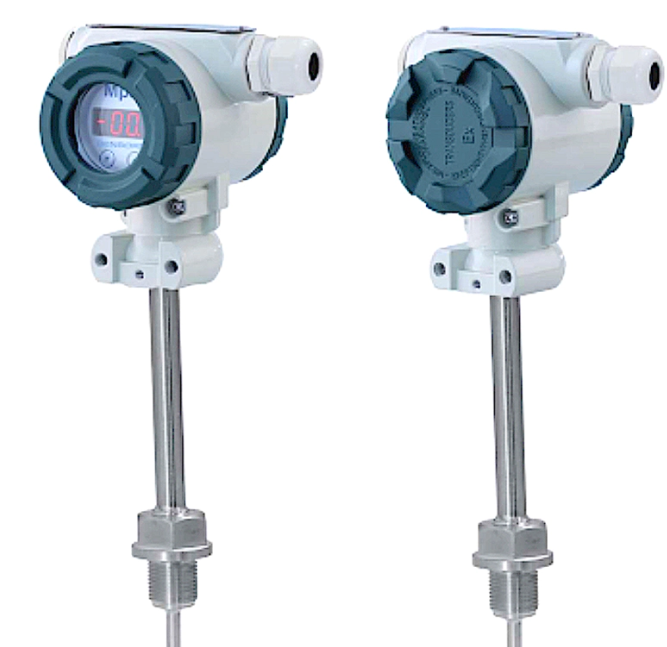BETTER TOUCH BETTER BUSINESS
Contact Sales at KAIDI.
A sensor is a general term for a device or device that can be measured and converted into an available output signal according to a certain law, usually consisting of a sensitive element and a conversion element. When the output of the sensor is a specified standard signal, it is called a transmitter.
The concept of a transmitter is to convert non-standard electrical signals into standard electrical signals, high level sensor are devices that convert physical signals into electrical signals, used to talk about physical signals, and now other signals also have. Primary instrument refers to the field measurement instrument or base control table, secondary instrument refers to the use of primary signal to complete other functions: such as control, display and other functions of the instrument.

Sensors and transmitters are the concepts of thermal instrumentation. The sensor converts non-electrical physical quantities such as temperature, pressure, liquid level, material, gas characteristics, etc. into electrical signals or sends physical quantities such as pressure, liquid level, etc. directly to the transmitter. The transmitter amplifies the weak electrical signal collected by the sensor in order to transmit or start the operating element. Or convert the non-electrical input of the sensor into an electrical signal and amplify it for remote measurement and operable signal sources. Analog quantities can also be converted to digital quantities as required. The sensor and transmitter together constitute the automatic control of the monitoring signal source. Different physical quantities require different sensors and corresponding transmitters. There is also a transmitter that is not a physical quantity converted into an electrical signal, such as a boiler water level gauge "differential pressure transmitter", he is the liquid level sensor in the lower water and upper steam condensate through the instrument tube to the level transmitter types on both sides of the bellows, with the difference pressure on both sides of the bellows to drive the mechanical amplification device with a pointer to indicate the water level of a distant instrument. Of course, the electrical analog quantity is changed into a digital quantity can also be called a transmitter. The above is just a conceptual illustration of the difference between sensors and transmitters.

According to the national standard GB7665-87, the sensor is defined as: "A device or device that can feel the specified measured and converted into a usable signal according to a certain law, usually consisting of a sensitive element and a conversion element." It is a detection device that can feel the measured information, and can transform the detected information into electrical signals or other required forms of output according to certain laws to meet the transmission, storage, display, recording and control requirements of information. It is the primary link to realize automatic detection and automatic control.

Transmitter:
When the signal converter is integrated with the sensor, it is called a transmitter. Transmitter, a sensor that outputs a standard signal.
The definition of the national standard: The device that outputs the specified standard signal is called a transmitter. Sensors and transmitters play a pivotal role in the field of instrumentation and industrial automation. Unlike sensors, transmitters generally have a certain amplification effect in addition to converting non-electric power into measurable power. Sensors are devices that obtain real-time status signals, such as: voltage, current, frequency... As for the transmitter, it seems to be a power transmission system in the power industry.
We are here to help you! If you close the chatbox, you will automatically receive a response from us via email. Please be sure to leave your contact details so that we can better assist